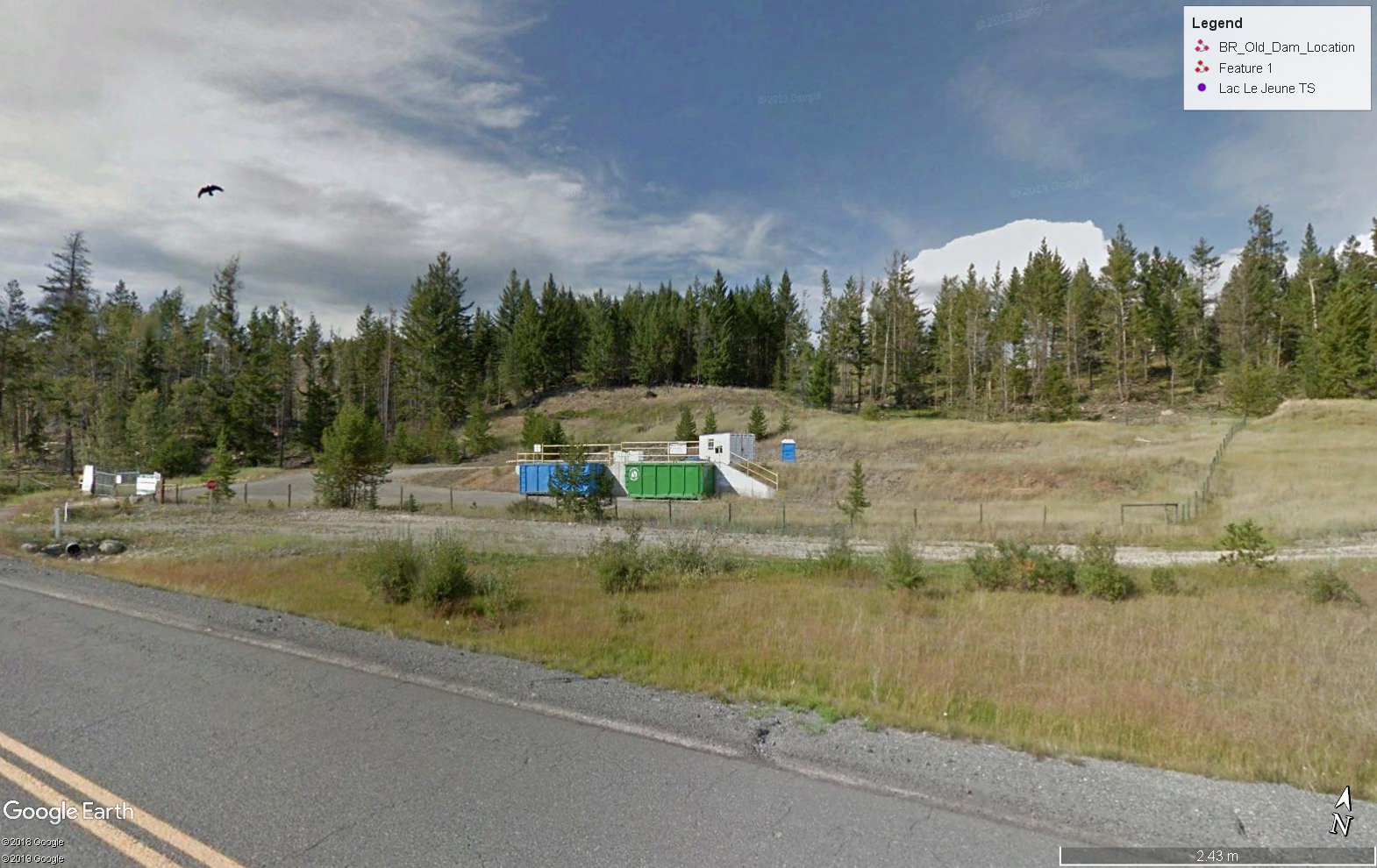Logan Lake was placed on evacuation order at 15:30 this afternoon (August 12, 2021), and the surrounding area that extends toward Melba Creek Road is now on evacuation alert.
Continue to check TNRD emergency services for updates on evacuation alerts and updates.
If you have not already done so, download the Voyent app so that you will receive notifications if Lac Le Jeune is included in an evacuation alert or order.
An important tip: Keep you vehicles fuelled up! If evacuated, you may be on the road longer than you anticipate, and gas stations in the surrounding area could run out of fuel.
If Lac Le Jeune in notified of evacuation alert or order, be sure to spread the word to your neighbours. Do you have a community contact list? This list is prepared by Steve Roy through the Lac Le Jeune Conservation Association. If you don't have an up-to-date list or need to add/change your contact information, send email to laclejeune@laclejeune.ca

What you should do if placed on evacuation alert, from the TNRD website:
• Locate all family members and designate a meeting area outside the evacuation area, should an Evacuation Order be called while separated.
• Pack essential items such as government-issued ID, medications, eyeglasses, valuable papers (e.g. insurance, credit, and mortgage information), immediate care needs for dependents and, if time and space permits, keepsakes for quick departure.
• Prepare to move disabled persons, children and/or neighbours, if assistance is needed.
• Prepare to take pets with you and move livestock to a safe area (if possible).
• Arrange transportation for all your household members. Fill the gas tanks of personal vehicles.
• Arrange accommodation for all members of the residence, if possible.
• Wait for an Evacuation Order to be issued before evacuating. Monitor for information on evacuation orders and location of Reception Centres.








